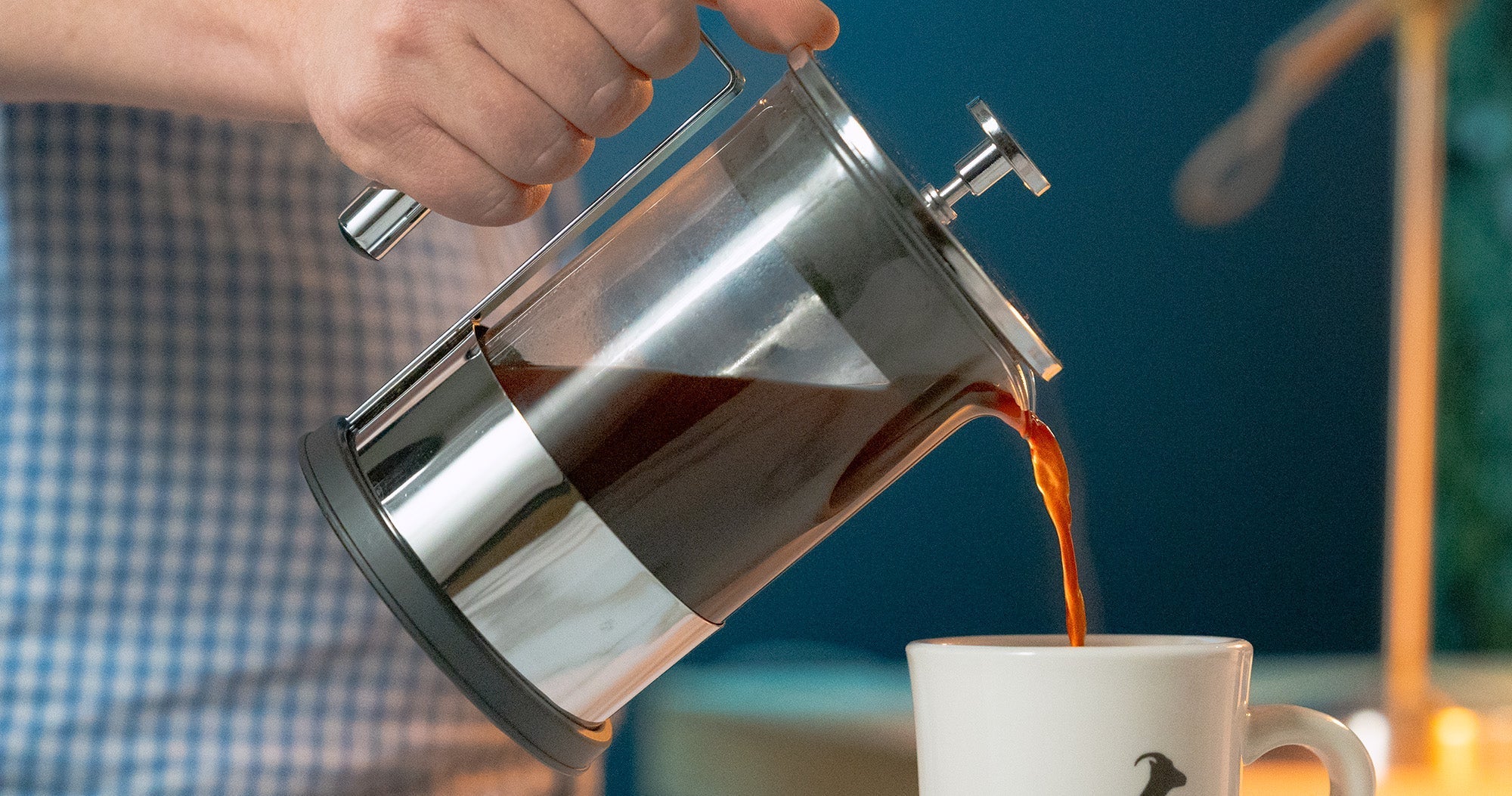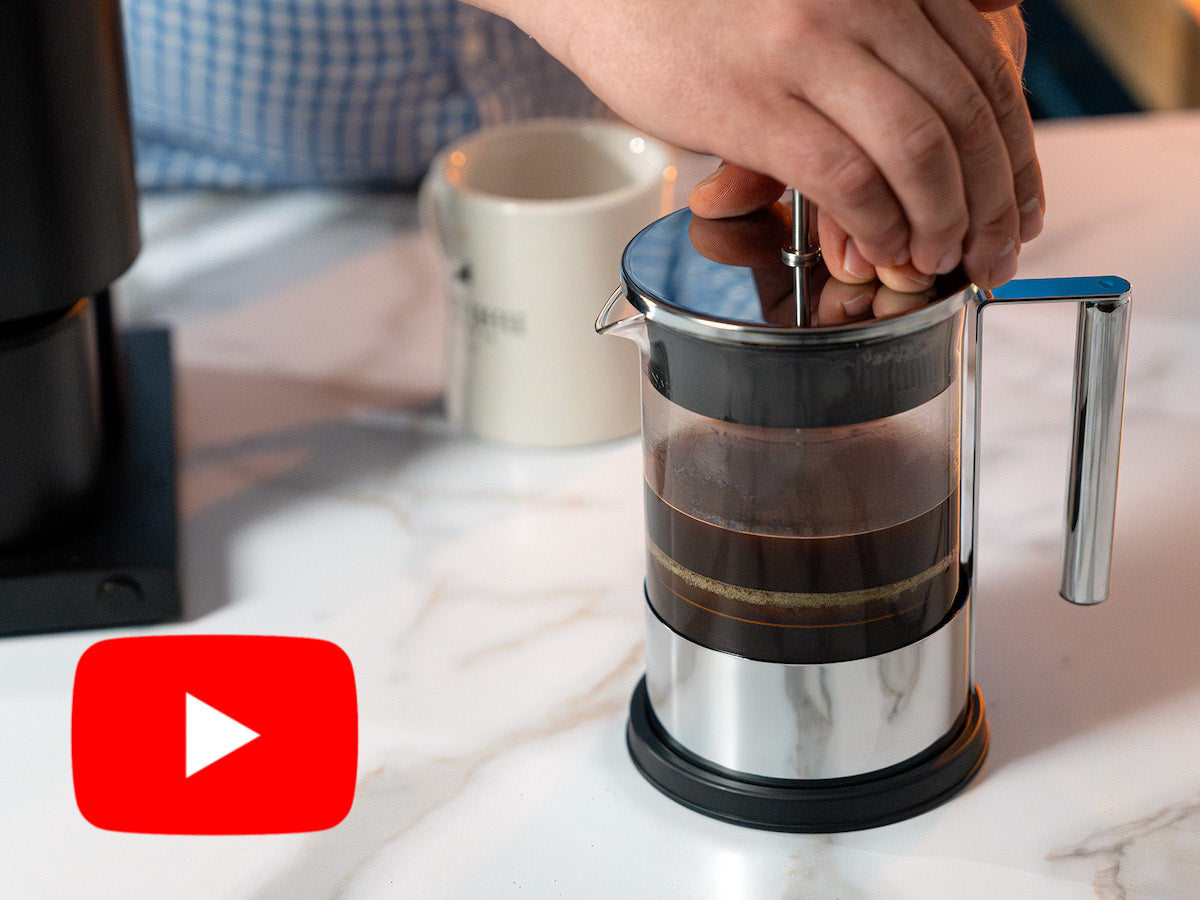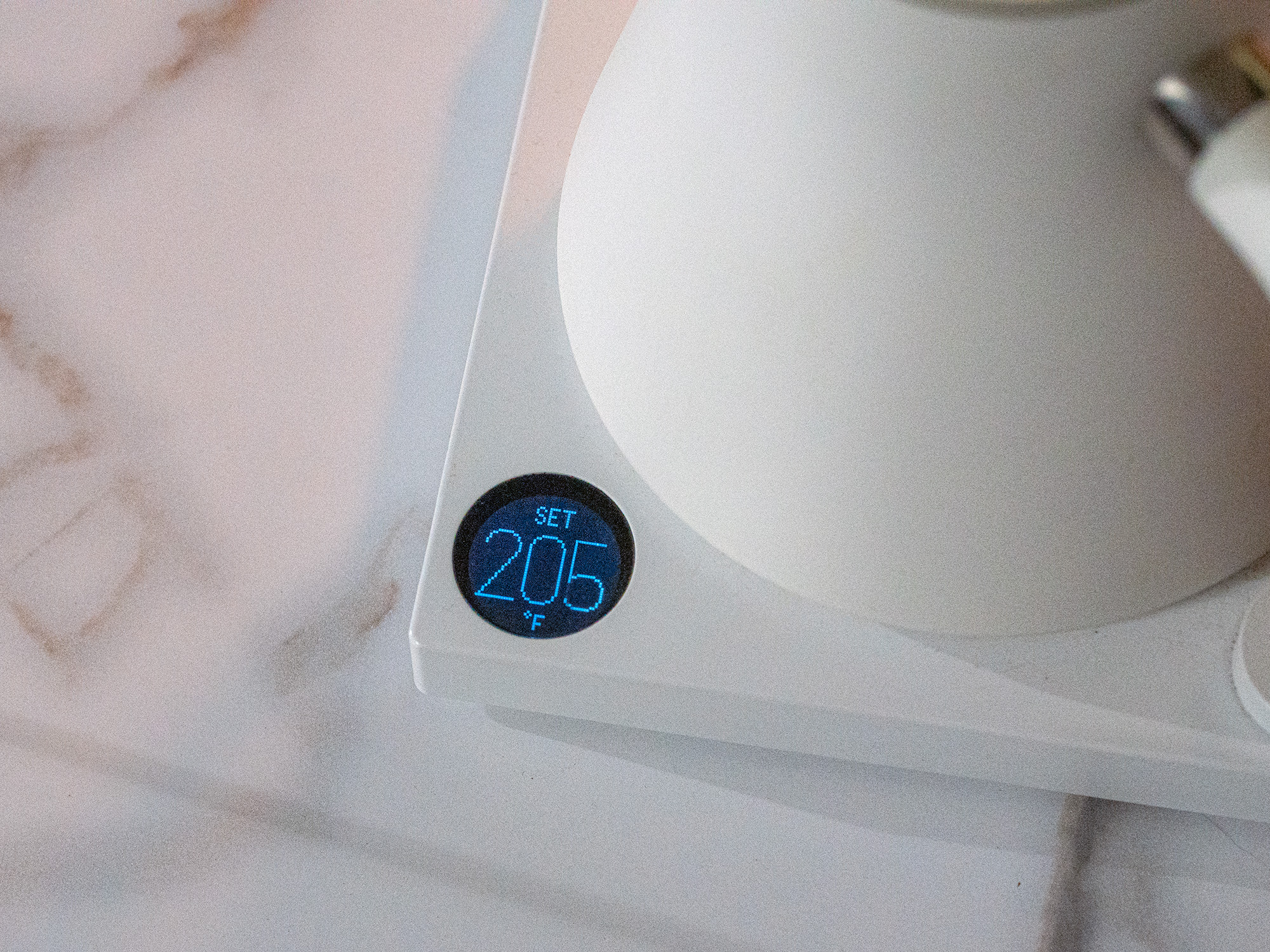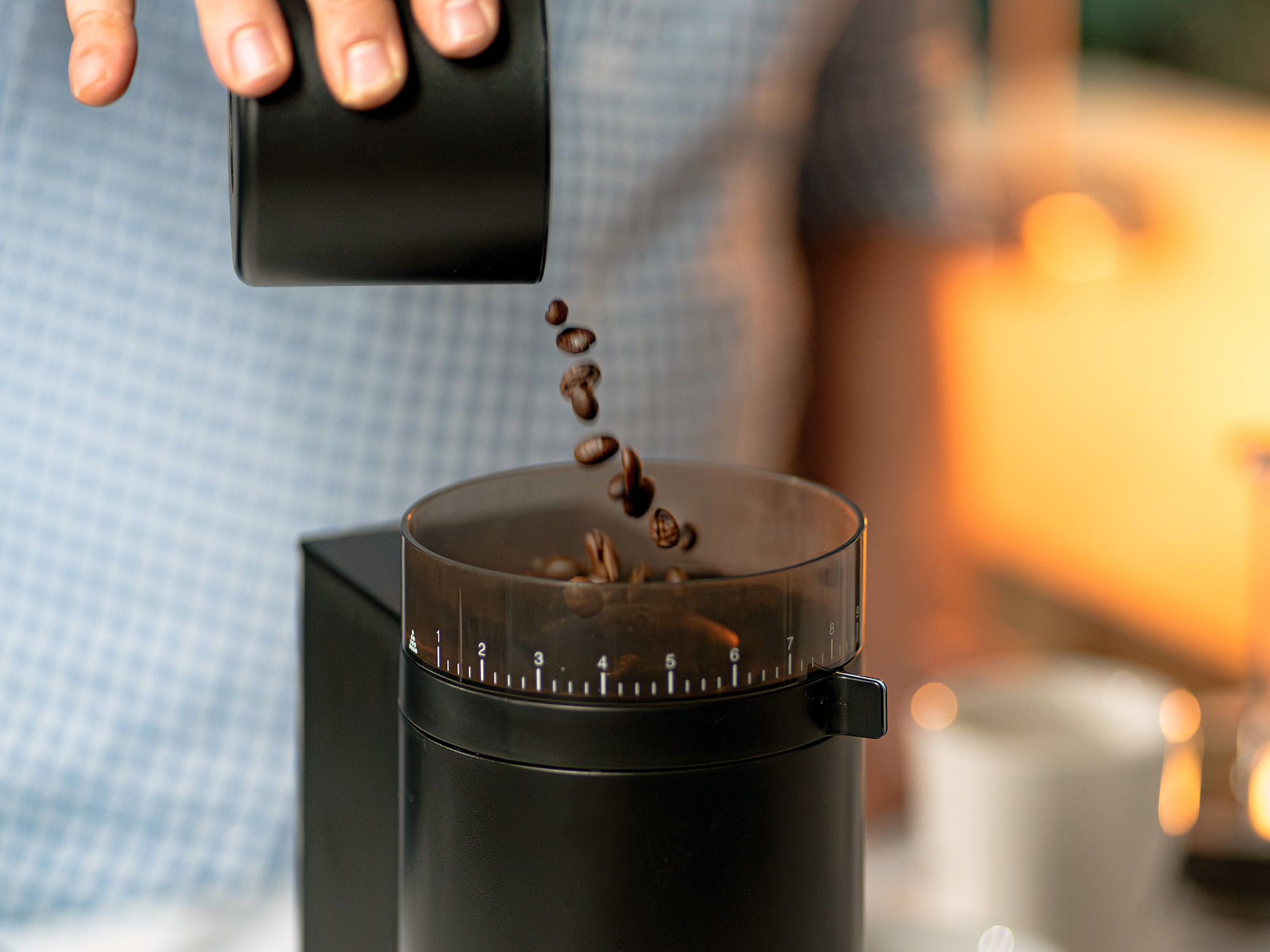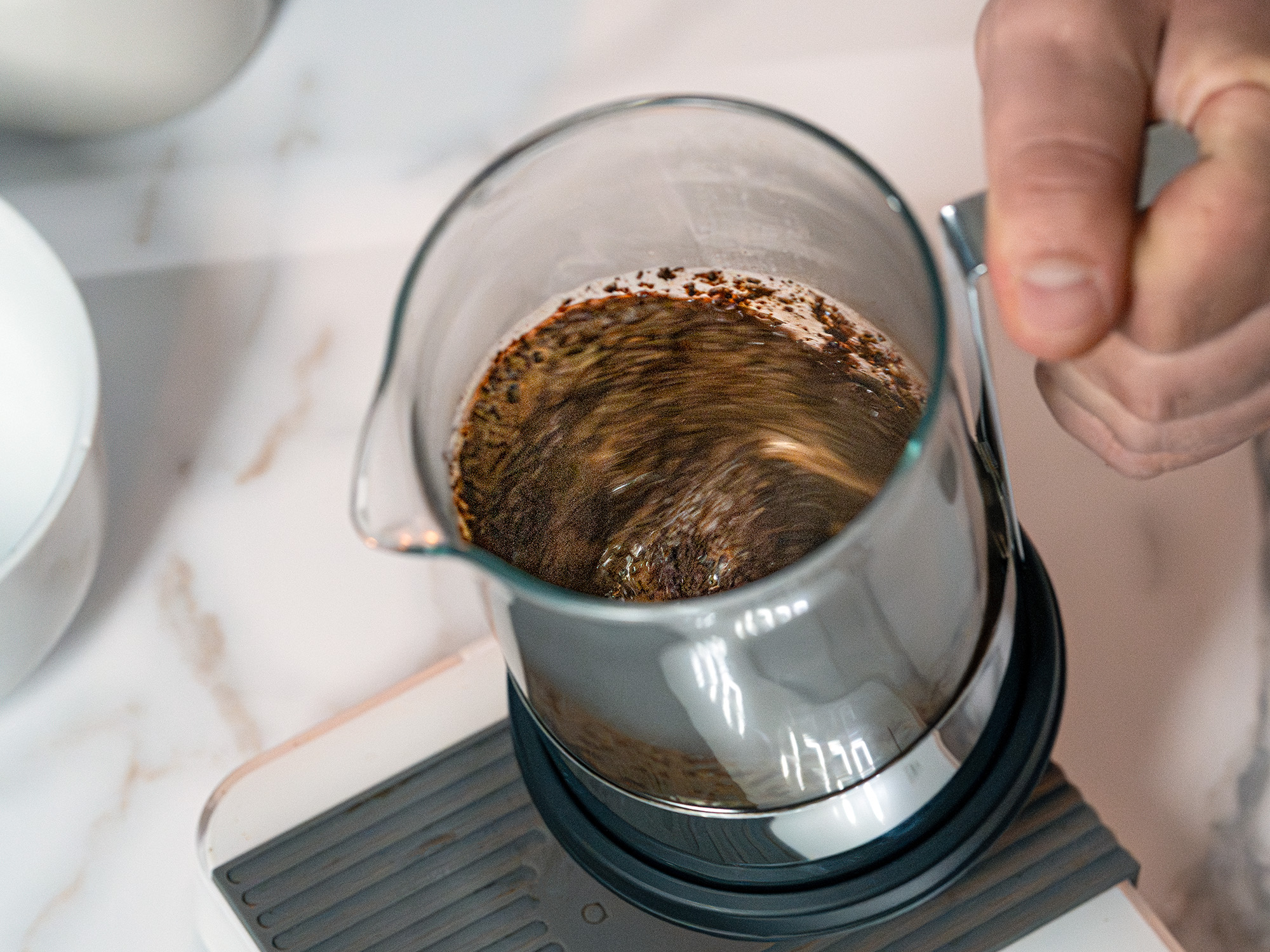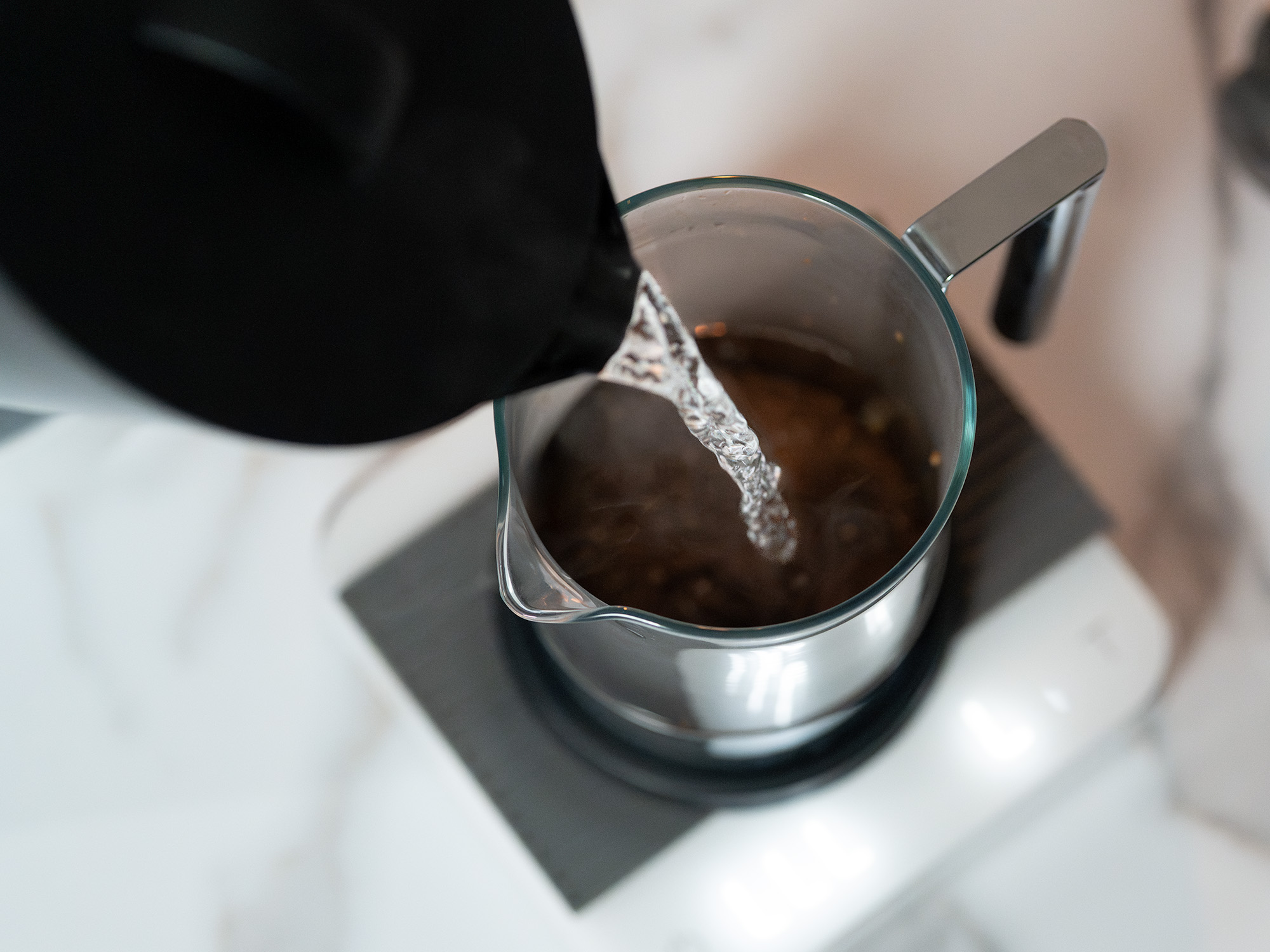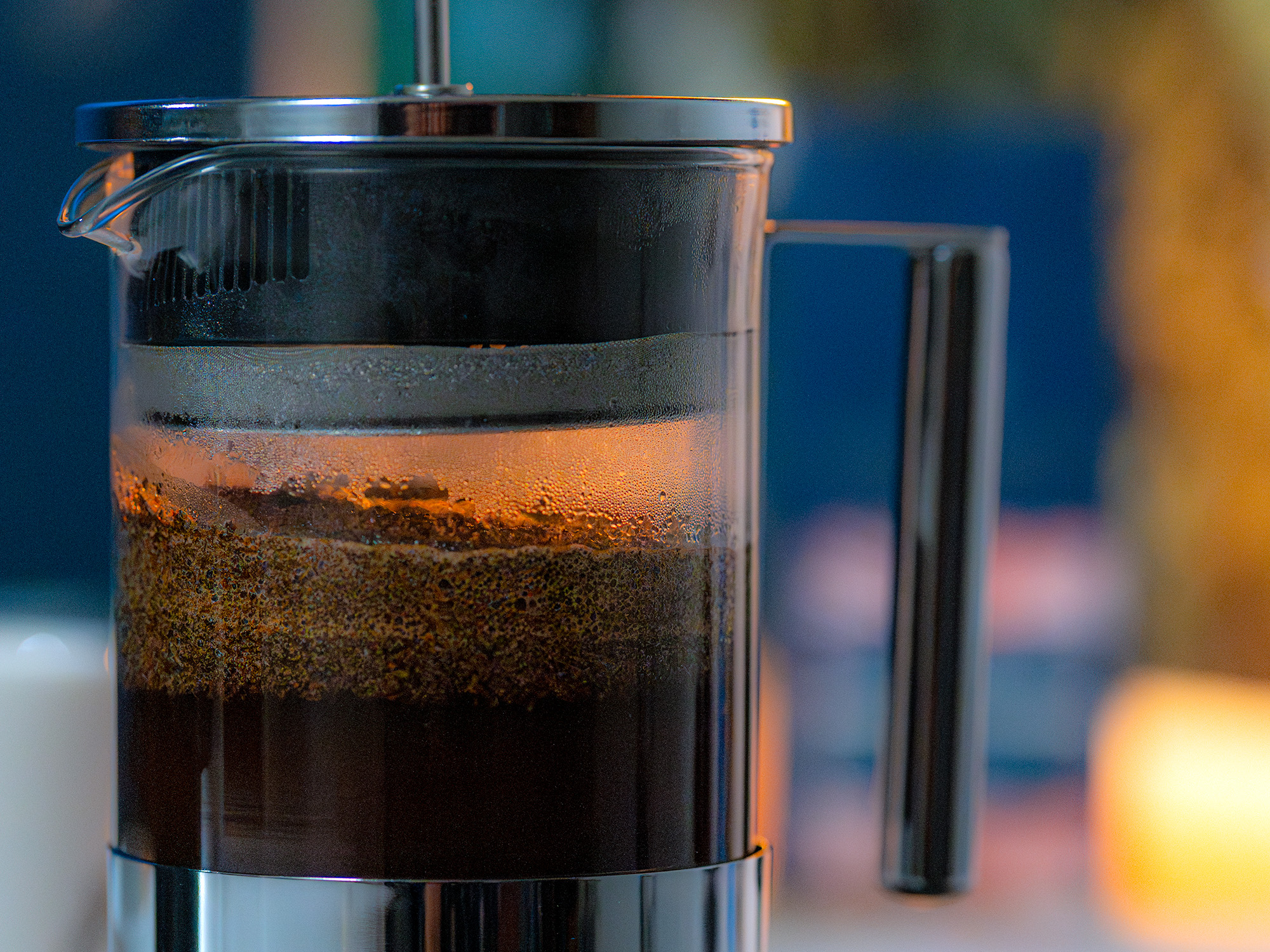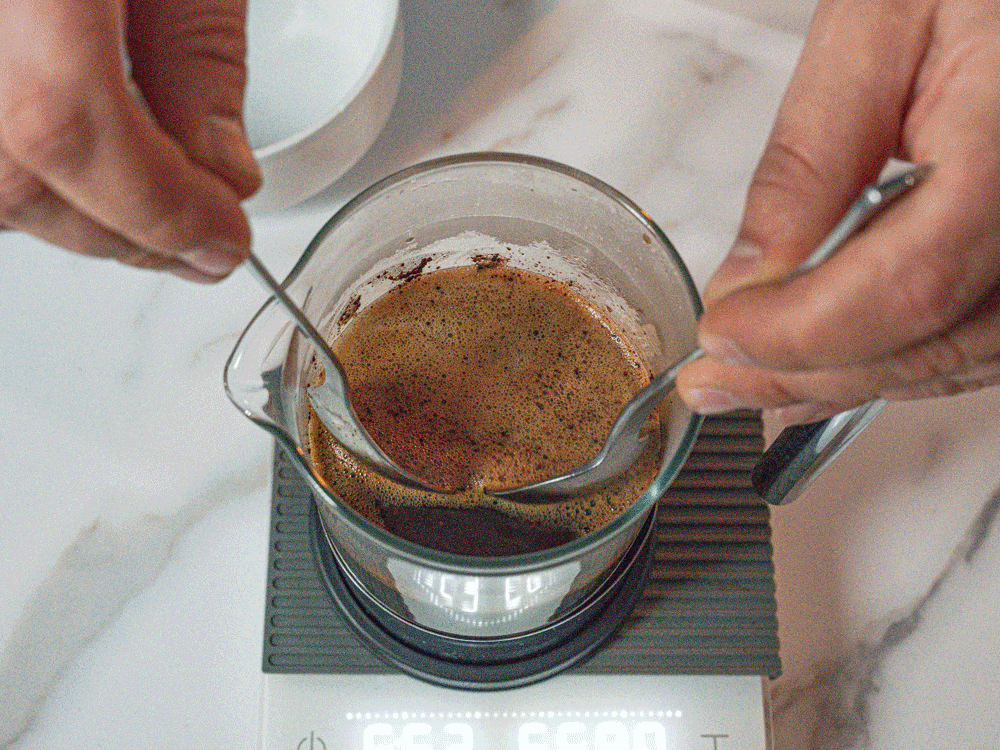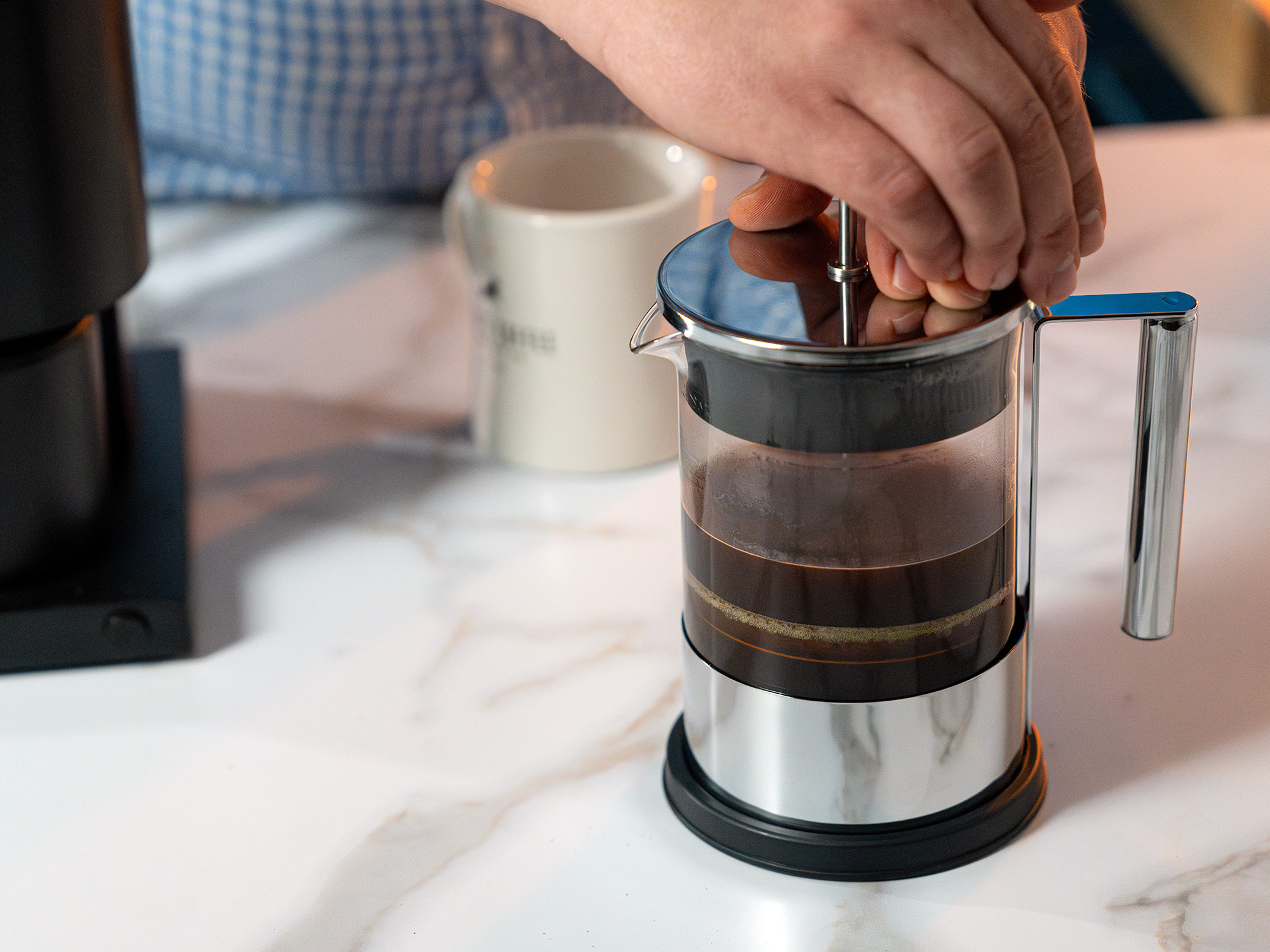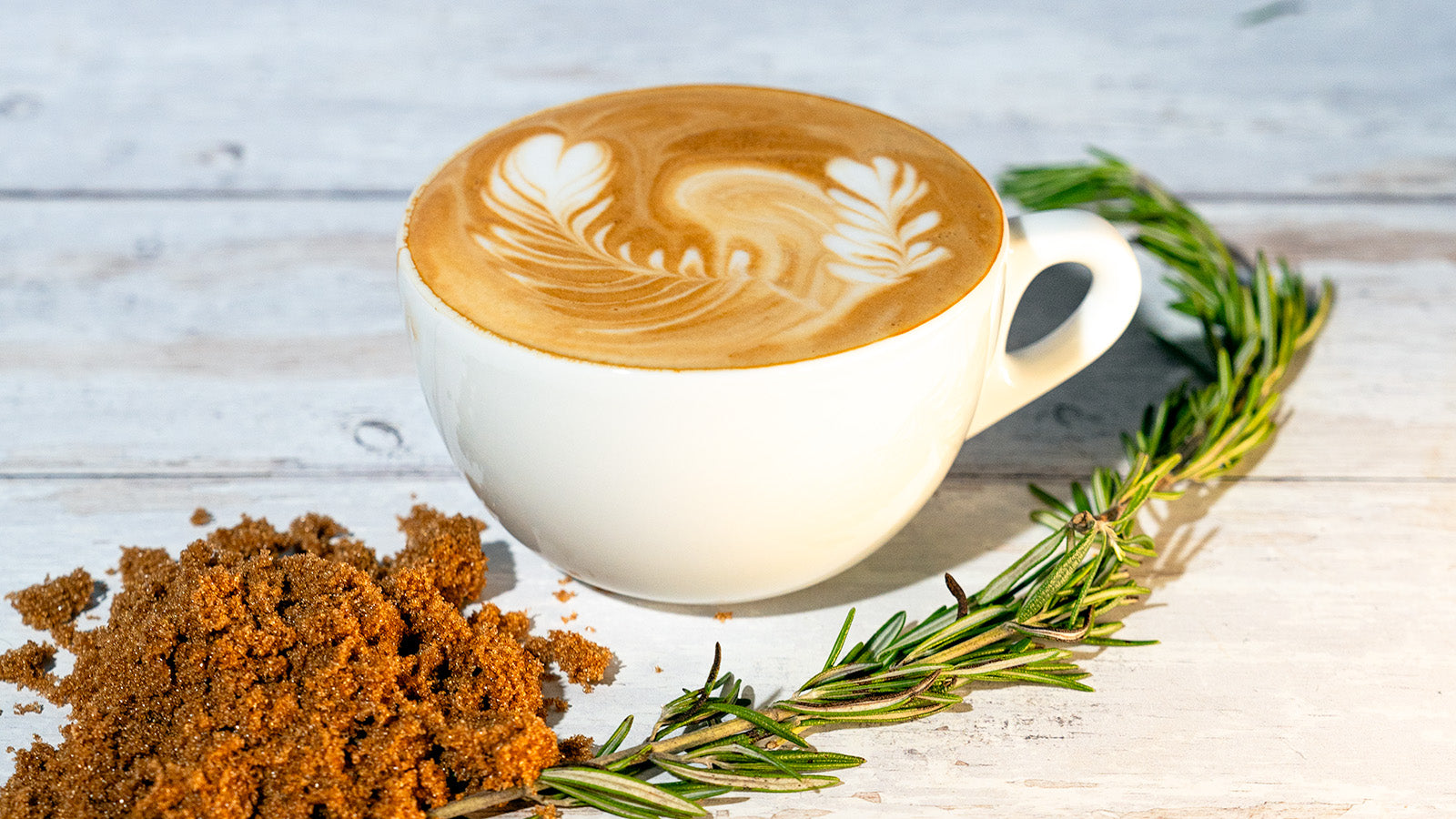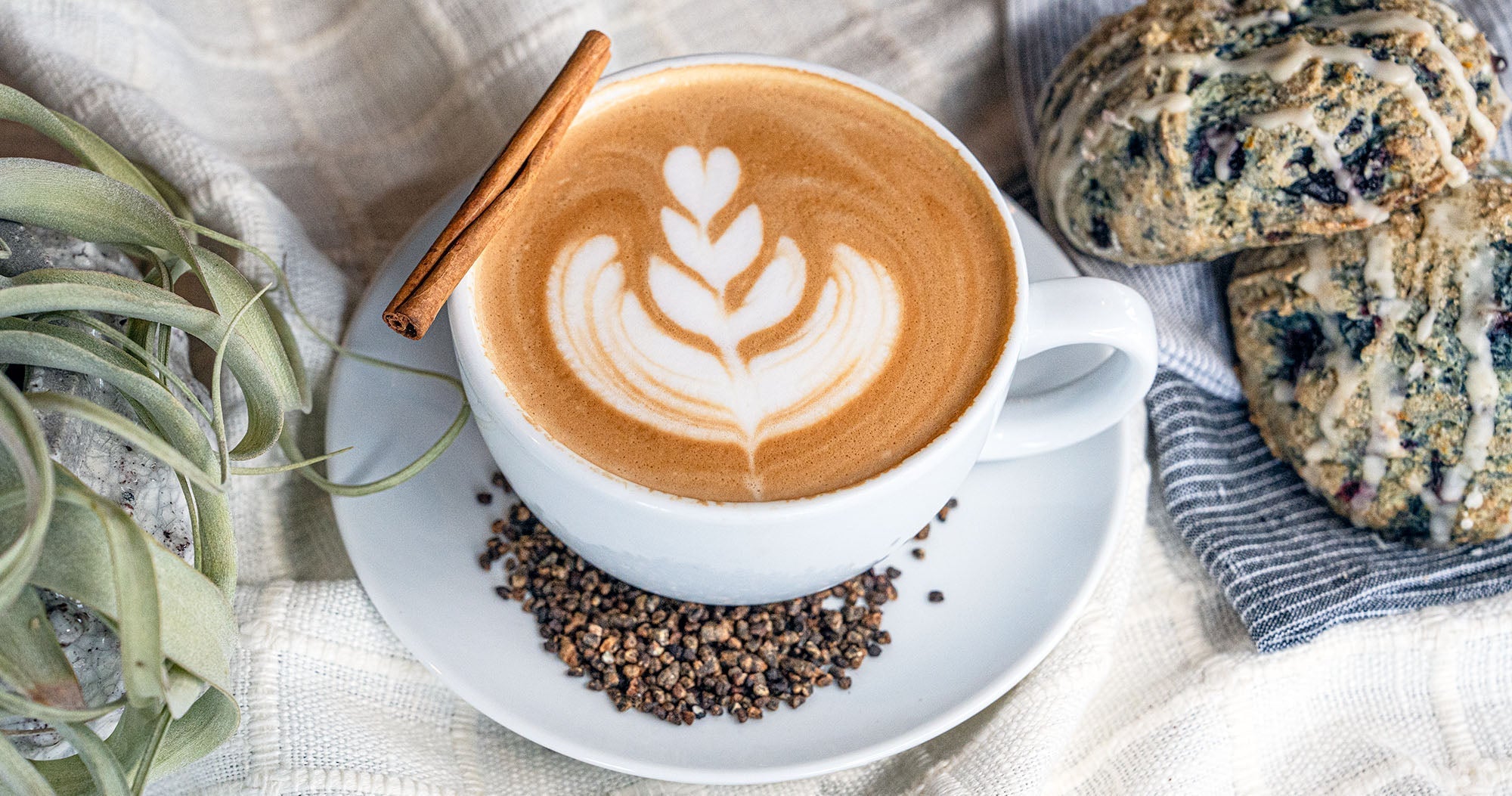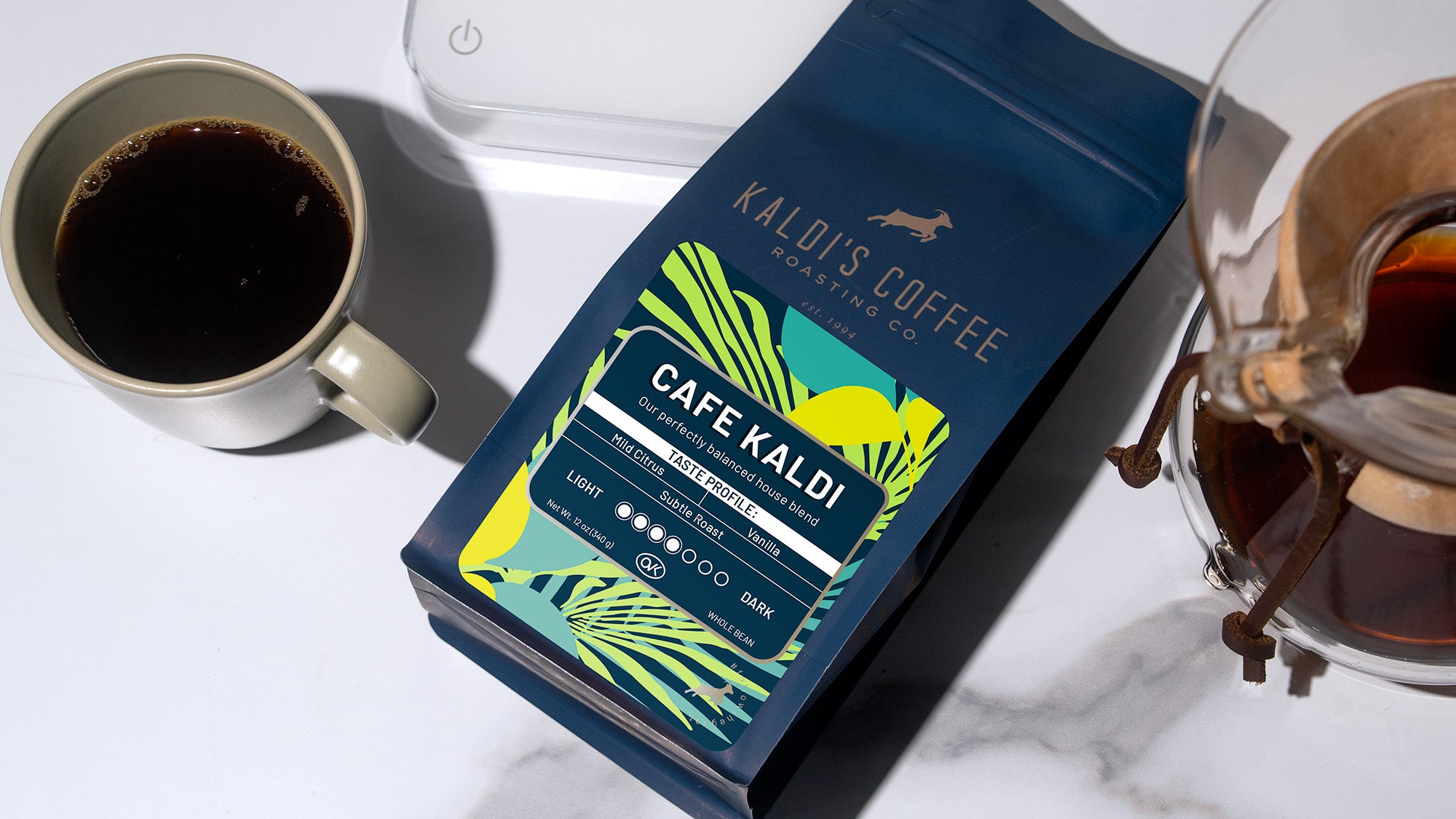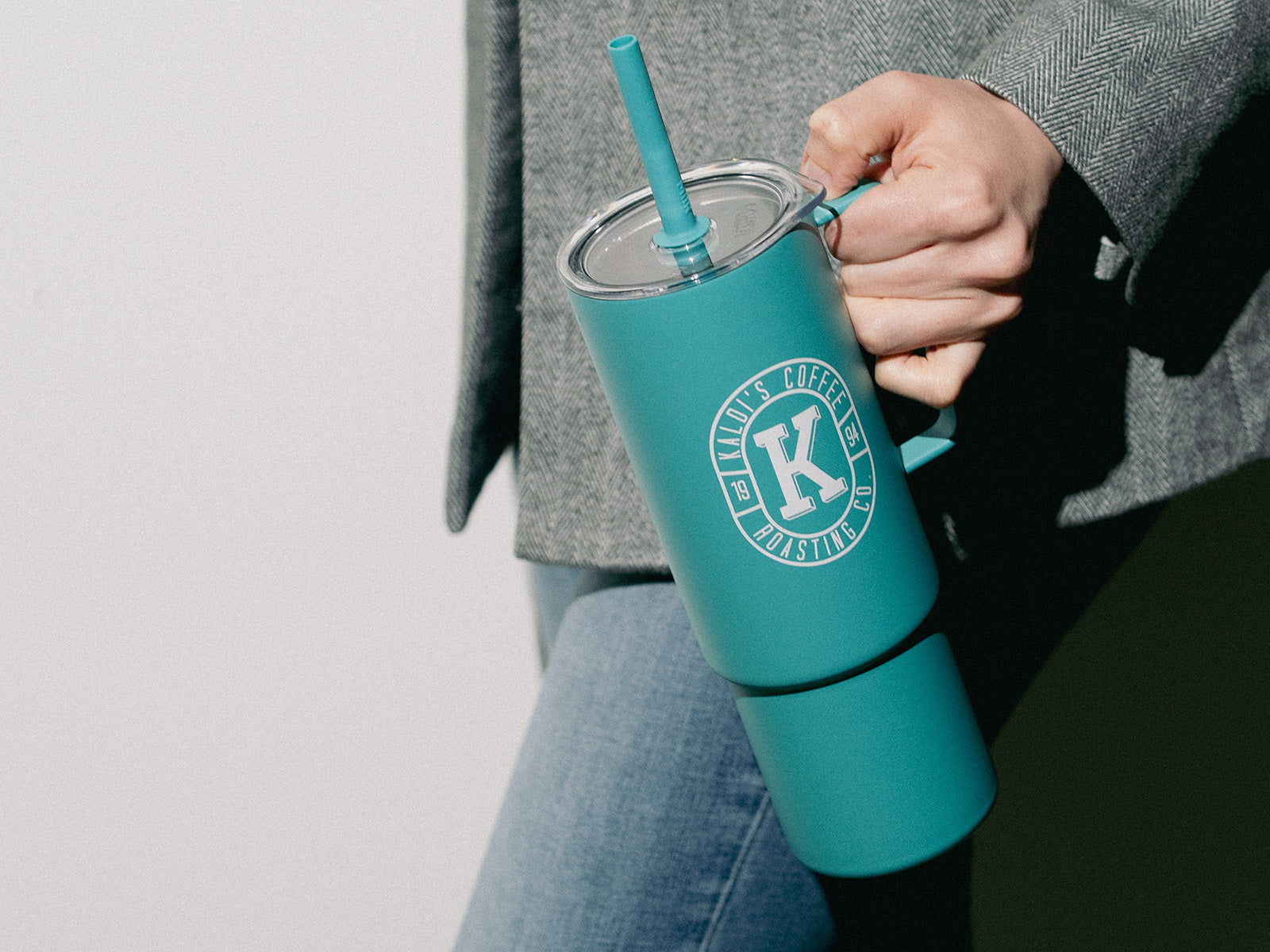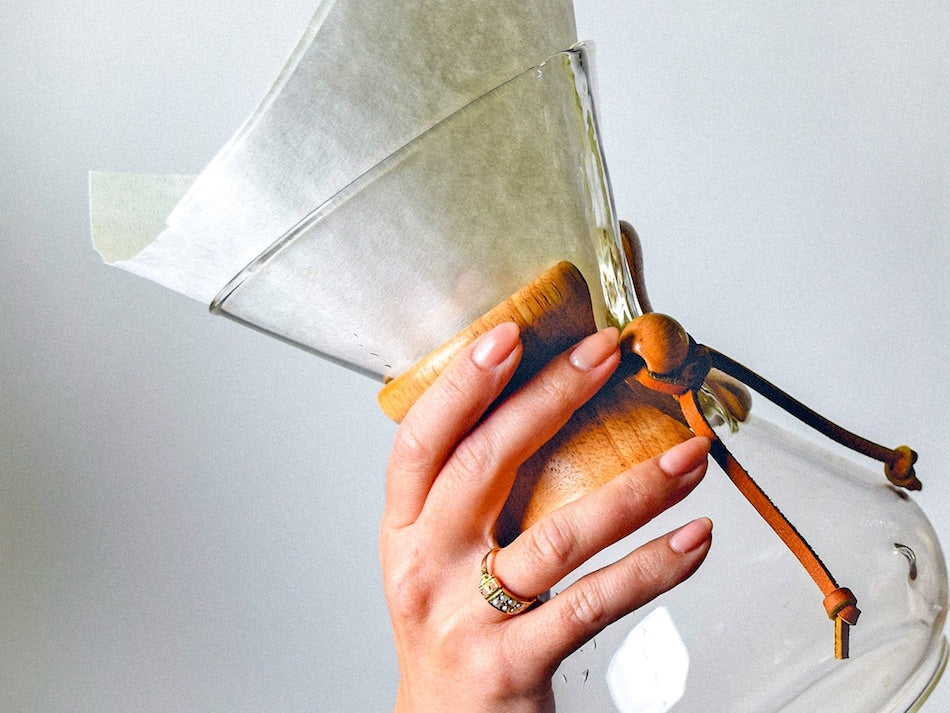French Press coffee is perhaps the most common hand brewing technique in the world. While its popularity waned in the past decade as pour over coffee gained popularity, this simple device has gained new appreciation for its ease of use, wide availability, and its penchant for fool-proof brewing.
Better yet, techniques and know-how have progressed nicely through the years, and it’s easy to produce a clean, balanced cup of coffee with a French Press. This is in response to many not liking the sludge that can often mar a French Press brew.
So, whether you just bought your first French Press or have been a lover of its full bodied brew for years, this recipe is for you.
SKIP TO BREW RECIPE
-
WHY BREW WITH A FRENCH PRESS
There is perhaps no easier way to brew exceptionally good coffee. Aside from that, the French Press also has these very useful features:
- Very forgiving because it uses the full immersion process
- Does not require expensive brewing gear
- Easily brews enough coffee for more than one person (can go up to 4 or 5)
WHAT DOES FRENCH PRESS COFFEE TASTE LIKE?
The French Press is known for its full-bodied cups that are often very sweet. The full immersion process brings out more oils from your coffee, adding to its perceived body. This body is only enhanced by the mesh strainer that does allow some fine particles into your final brew.
These things can diminish the "clarity" you experience, i.e. how easy it is to pick out singular flavors. Our process seeks to limit the fine particles for a cleaner cup.
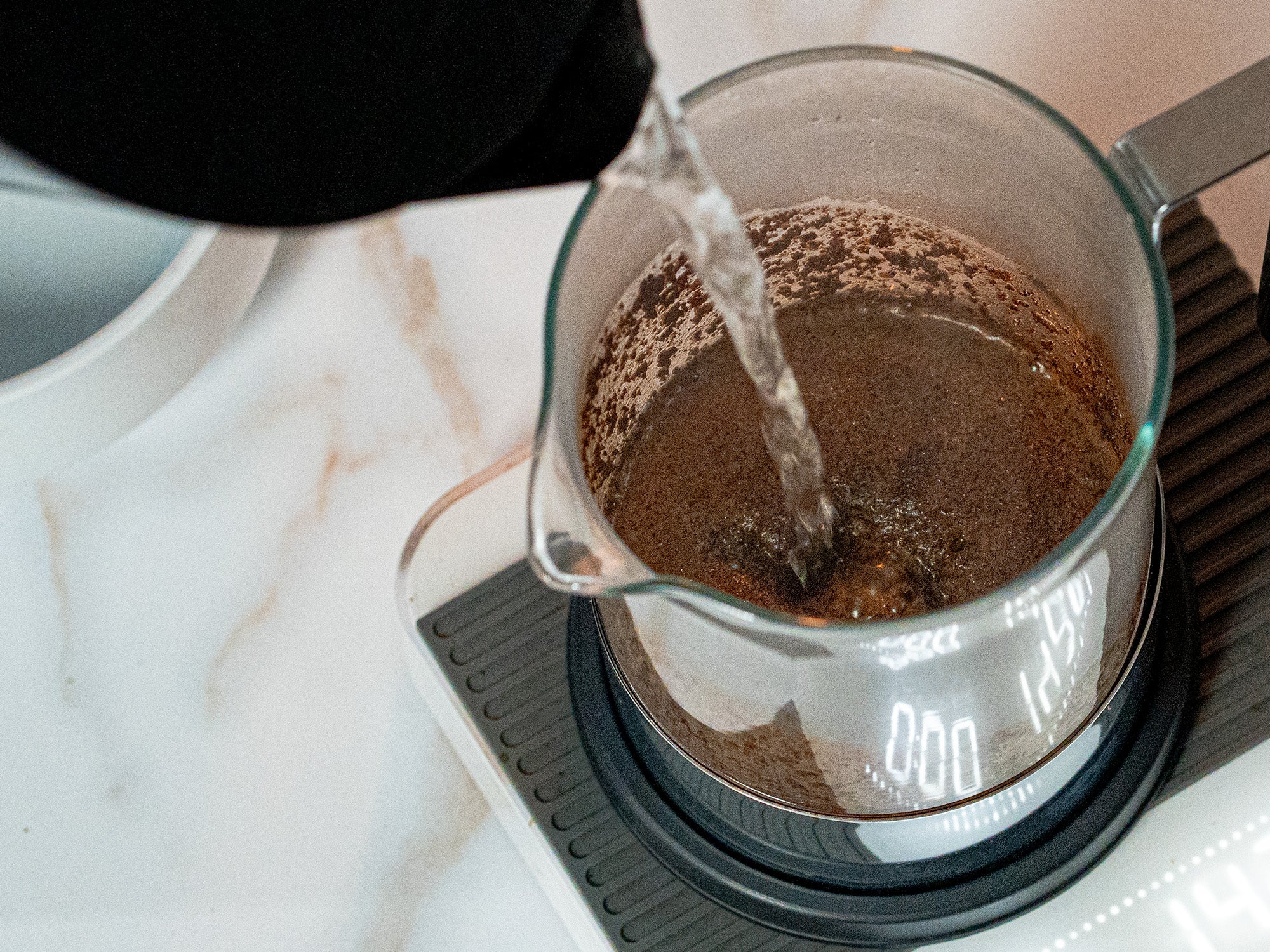
WHAT IS FULL IMMERSION COFFEE BREWING?
Full immersion brewing means all coffee grounds are in contact with all of the water during the brew.
Think of it this way: when you make drip coffee using 20 grams of coffee and 320 milliliters of water, at any given point some water is in the tank or kettle, some is in the brewer itself, and some is in the server.
With full immersion - like a French Press - all of the water is with the coffee all of the time. Fully immersed!
FRENCH PRESS RATIO
We like to use 1 part coffee to 15 parts water (or a 1:15 ratio) for French Press coffee. You can adjust this to your taste within reason, but we feel like this "strength" adds nicely to the full-bodied mouthfeel that the French Press gives.
How much grounds in French Press
We suggest 40 grams (or 9-10 tbsp of ground coffee) to get 2 or 3 good cups of coffee. We highly suggest weighing your coffee and water to get good consistency from brew to brew.
If you like a stronger cup, a 1:14 ratio is also pretty tasty.
FRENCH PRESS RATIO CHEAT SHEET:
| RATIO (COFFEE/WATER) | COFFEE (GRAMS) | WATER (mL) |
| 1:14 | 30 | 420 |
| 1:14 | 35 | 490 |
| 1:14 | 40 | 560 |
| 1:15 | 30 | 450 |
| 1:15 | 35 | 525 |
| 1:15 | 40 | 600 |
| 1:16 | 30 | 480 |
| 1:16 | 35 | 560 |
| 1:16 | 40 | 640 |
Jonah brewed us an excellent French Press in this video, which may include helpful visuals for some of the techniques involved, though the recipe below should be comprehensive as well! You can also watch our Youtube Short at the bottom of this page.
WHAT TO DO WITH LEFTOVER COFFEE GROUNDS
There are many things to do with your leftover coffee grounds, but please do not put them down your sink! Instead, consider:
- Putting them in your compost
- Putting them around your garden as fertilizer and/or a natural pest repellant
- Simply tossing them in your waste bin
A NOTE ON FRENCH PRESS STYLES AND SIZES
French Press coffee makers come in many shapes and styles. We have seen one cup versions and whoppers that can make two liters of coffee! We have seen double insulated options, options with extremely fine mesh screens, and all other sorts of bells and whistles.
We believe that the beauty of French Press coffee is its simplicity. Coffee, water, time, strain. And, one of the best parts of the brewing process is that it doesn't really change brewer to brewer.
In our recipe, we have opted to use a 40:600 (1:15 coffee to water) ratio because we think it gives two great, well extracted, full cups to you and a friend.
But, this recipe is easily repeatable across many brew (and French Press) sizes.
Shop Yama French Press

-
WHAT YOU'LL NEED TO BREW WITH A FRENCH PRESS:
Before we get started, you’ll want to make sure you have the following at hand:
- Your French Press
- 40 grams of coffee ground at a drip setting or slightly coarser
- 700+ milliliters of water (for preheating and brewing)
- a kettle
- a scale
- (optional) two spoons
A NOTE ON METHOD: TWO SPOONS & A SCOOP
Here, we advise a method where near the end of the brew, you gently scoop away any remaining foam and oils from the top of the brewed coffee. We find this provides a cleaner tasting cup, but it is totally optional!
Some newer methods also place a paper filter around the mesh strainer, but that's more advanced than what we're pitching here.


